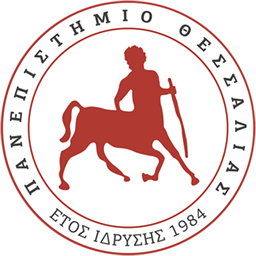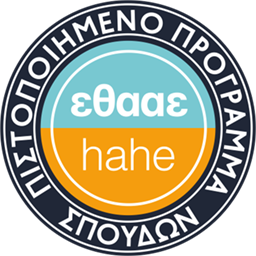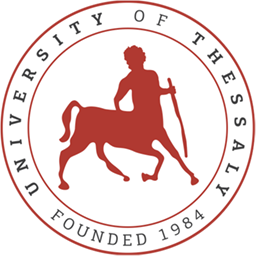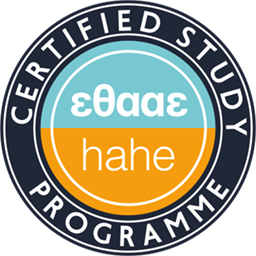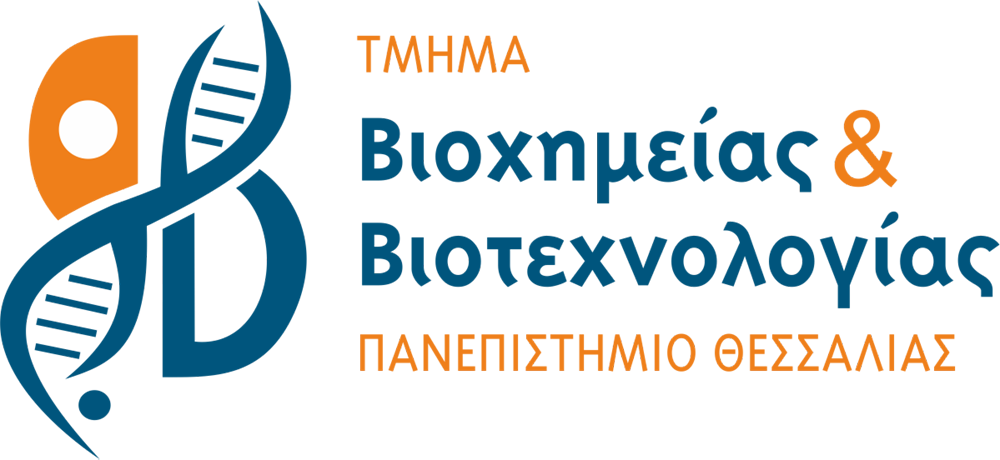Animal Biotechnology
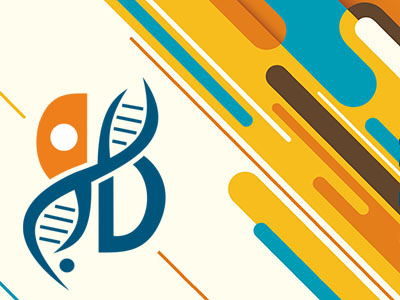
Theory: 3 hours/week | Practicals: 2 hours/week | ECTS Units: 5
Content – Aim of the course
Among the many applications of biotechnology and historically one of the oldest, with the only possible exception being that of agriculture, the genetic manipulation of animals has accompanied human evolution for centuries. The selective breeding of domesticated animals to serve specific needs at each time constitutes a graphic example of the attempt to guide the natural genetic “anarchy” towards a pre-selected direction.
Making use of the possibilities that have emerged from recent discoveries, especially in the fields of molecular biology, we are today in a position to intervene on the content or the function of the genetic material of theoretically every animal. Hence, we are capable to add new desirable characteristics to them and better control the constitution of their products. In parallel, we have the capacity to influence, on a molecular level, the function of human cells, thus opening a brand new series of applications that we collectively call “molecular medicine”. Finally, more and more applications are aiming at the early diagnosis or even the therapy of hereditary and more generally of genetic diseases, with which the possibility is offered for the first time to mankind.
The aim of the course is the understanding of the functioning of the genome as a whole, of the technology for the culturing of animal cells and embryos and of the ways that are used for their genetic modification. In the first unit of lessons, emphasis is given to the applications of biotechnology in aquacultures and fish farms, in beast farming and in animal production. Mention is made of the production of animal derivatives for commercial exploitation as well as of human derivatives with medical interest that are produced in animals. The second unit of lessons is dedicated to the clinical applications of biotechnology. The “Human Genome Project” is presented, and the basic principles of Bioinformatics are explained. Emphasis is given to new applications such as gene therapy, the isolation of early embryonic cells, the In Vitro production of human tissues, the technology of anti-sense DNA and the production of recombinant vaccines. At the last unit, applications of biotechnology are discussed, in problems that escape from the narrow limits of medicine. Such matters include the identification of individuals in crime investigations or in archaeology and the genetic characterization of populations in ethnology or in zoogeography. Emphasis is given to the bioethical dilemmas which may arise in relation to the management of genetic data, and problems related to the genetic borders between the different animal species, including man.
Analytical Description of the Course
- INTRODUCTION: BIOLOGICAL BASIS OF BIOTECHNOLOGY
- PROTEIN PRODUCTION IN BACTERIA
- GENETIC MANIPULATION OF ANIMALS
- Animal models in research
- Methods of genetic manipulation in animals
- REPRODUCTIVE CLONING IN ANIMALS
- GENETICALLY MODIFIED ORGANISMS
- Production of genetically modified organisms
- Production stages of genetically modified organisms
- Advantages of genetically modified organisms
- PRODUCTION OF HUMAN PROTEINS IN GENETICALLY MODIFIED ORGANISMS
- Production stages of genetically modified organisms with human genes
- Potential – Challenges
- FACILITATED REPRODUCTION (IN VITRO FERTILIZATION)
- THERAPEUTIC CLONING IN HUMANS
- Methodologies of stem cell generation In vitro and in vivo control of stem cell differentiation
- Experimental protocols of therapeutic cloning
- Stem cell research in several countries
- GENE THERAPY Strategies
- Gene therapy in athletes
- BIOTECHNOLOGY APPLICATIONS IN DIAGNOSIS AND TREATMENT OF DISEASES
- Genetic diagnosis and treatment of commonly occurring diseases
- Genetic vaccines
- GENETIC MANIPULATION AND BIOETHICAL ISSUES
Practicals
- Virtual lab for generation of transgenic flies
- Isolation of DNA from transgenic flies (Drosophila)
- DNA quantitation and identification of exogenous DNA using PCR
- DNA electrophoresis in agarose gels to analyze PCR products
Assessment
The final grade consists of 70% from the written exam at the end of the semester, 20% from the oral presentations on various scientific topics of animal biotechnology and 10% from written exams based on the practical courses.
Reading Suggestions
- Animal Biotechnology: Human applications. K. Triantafyllidis. Editors: Kyriakidis Brothers, 2006
- Brock Biology of microorganism, Authors: M.T. Madigan, J.M. Martinko, J. Parker, 10th edition, Prentice Hall, Pearson Education international, Upper Saddle River, NJ, 2003
- Recombinant DNA, Genes and genomes-a short course. J.D. Watson, A.A. Caudy, R.M. Myers and J.A. Witkowski, 1st Edition, Academic Publications, 2007
Teaching Material / E-class
Lecturers
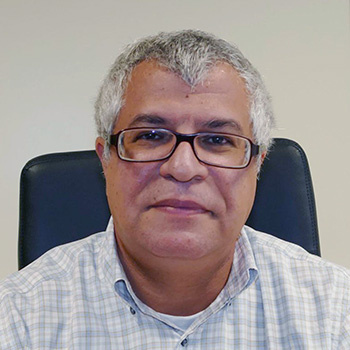
Dimitrios Mossialos (Course Coordinator)

